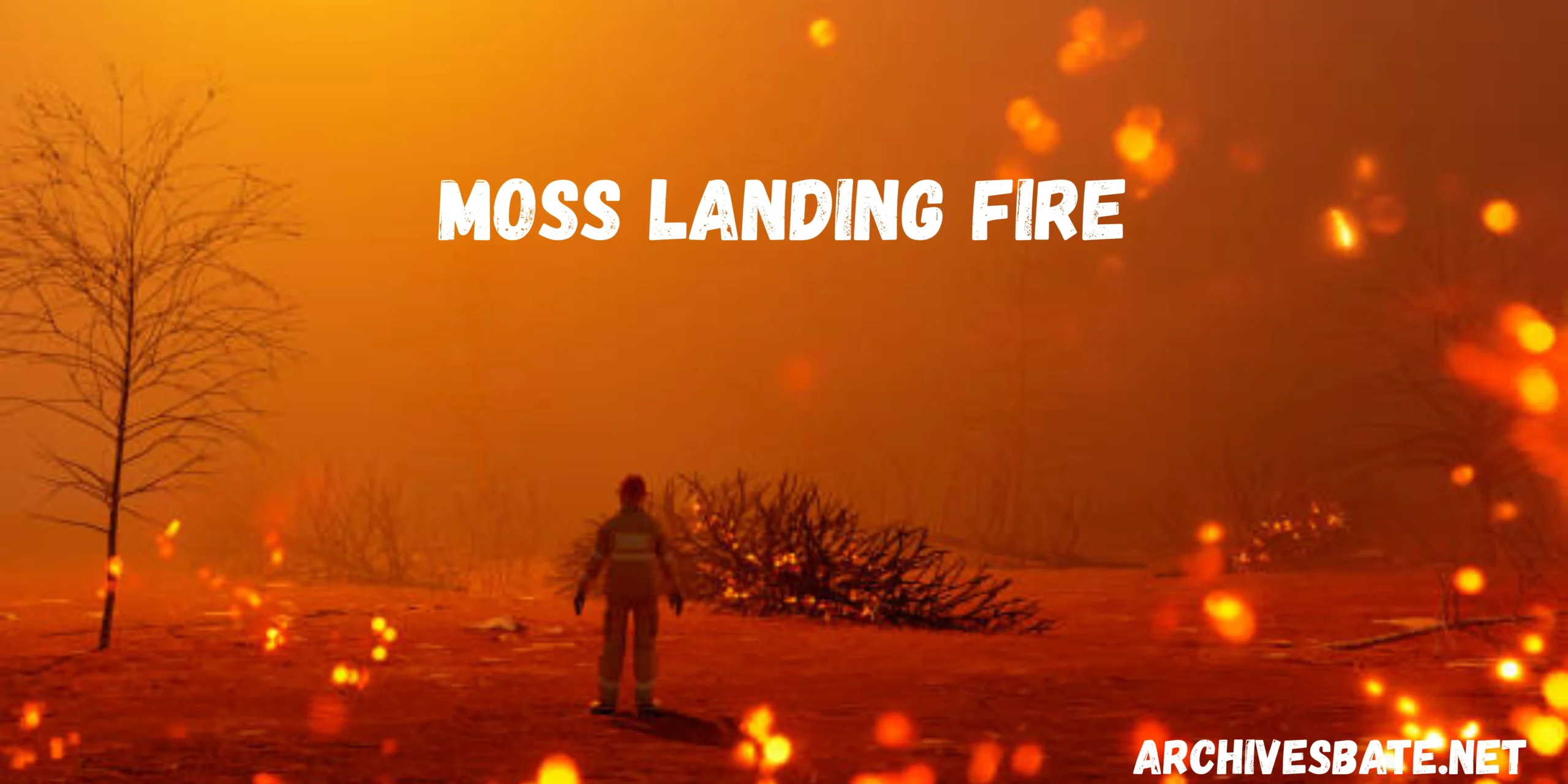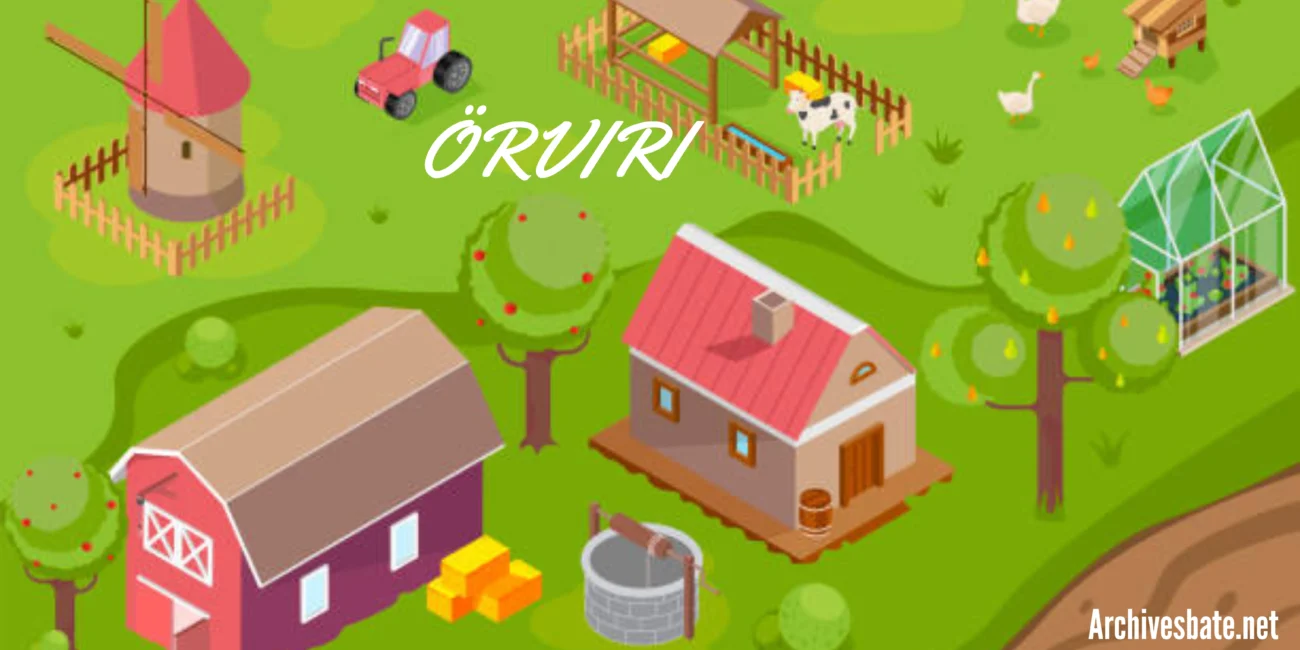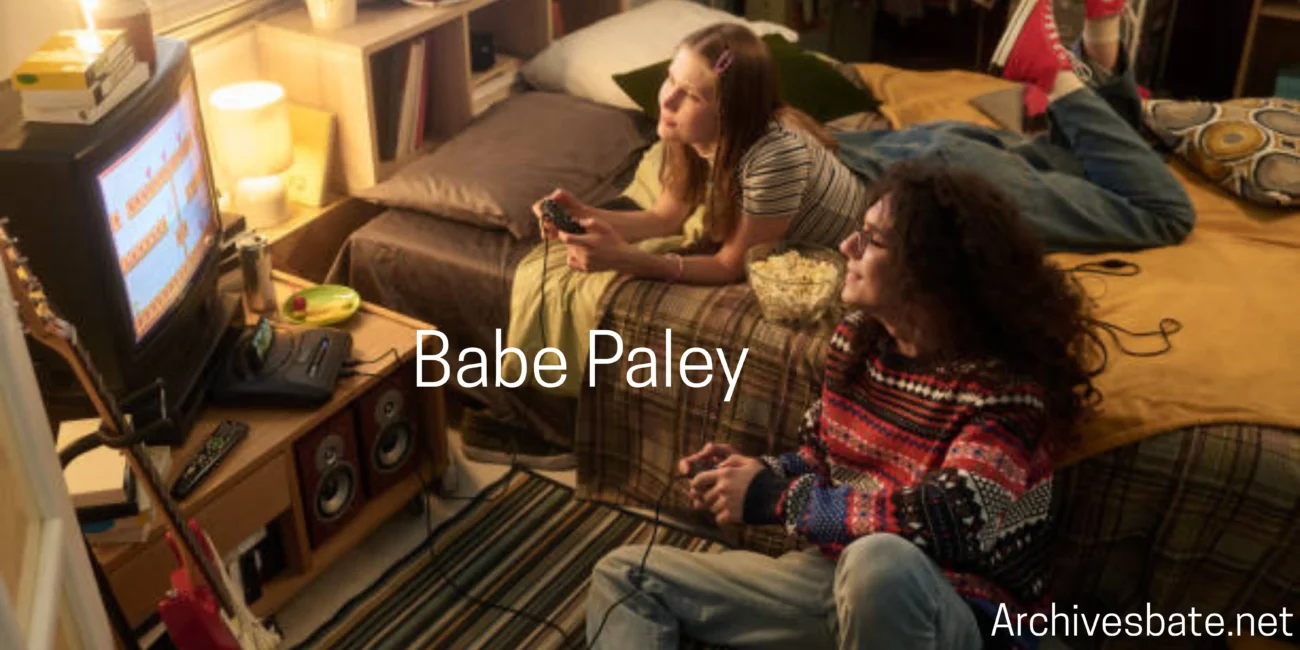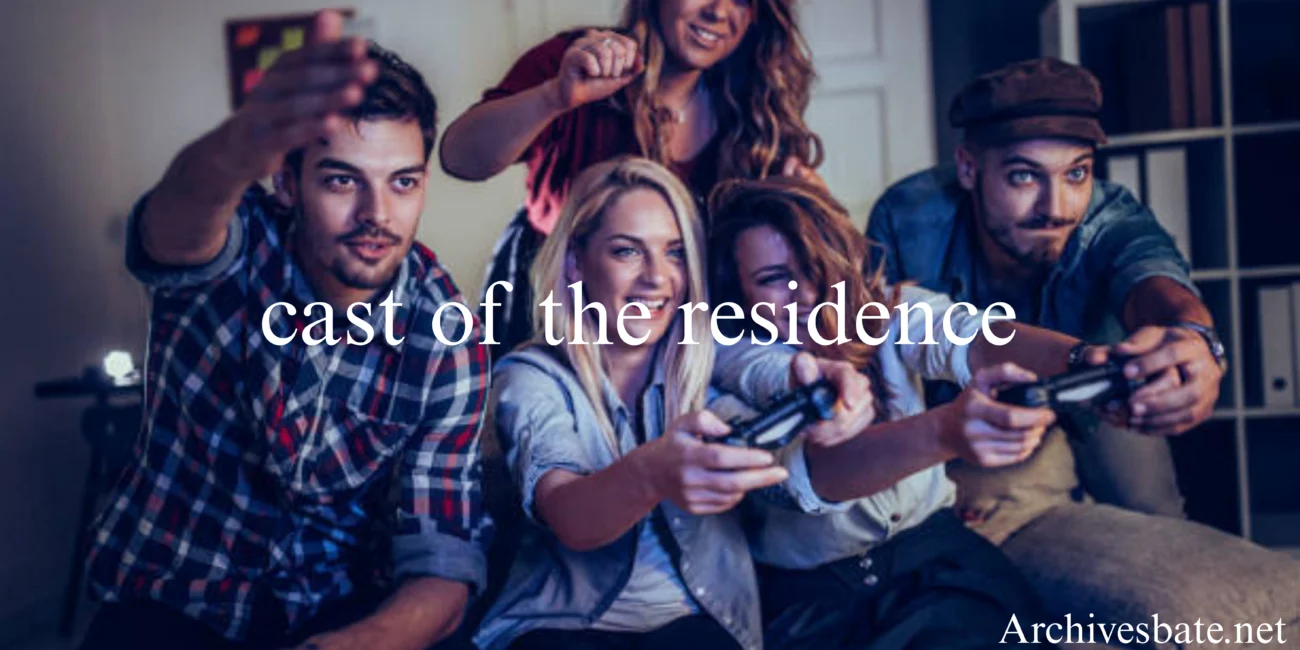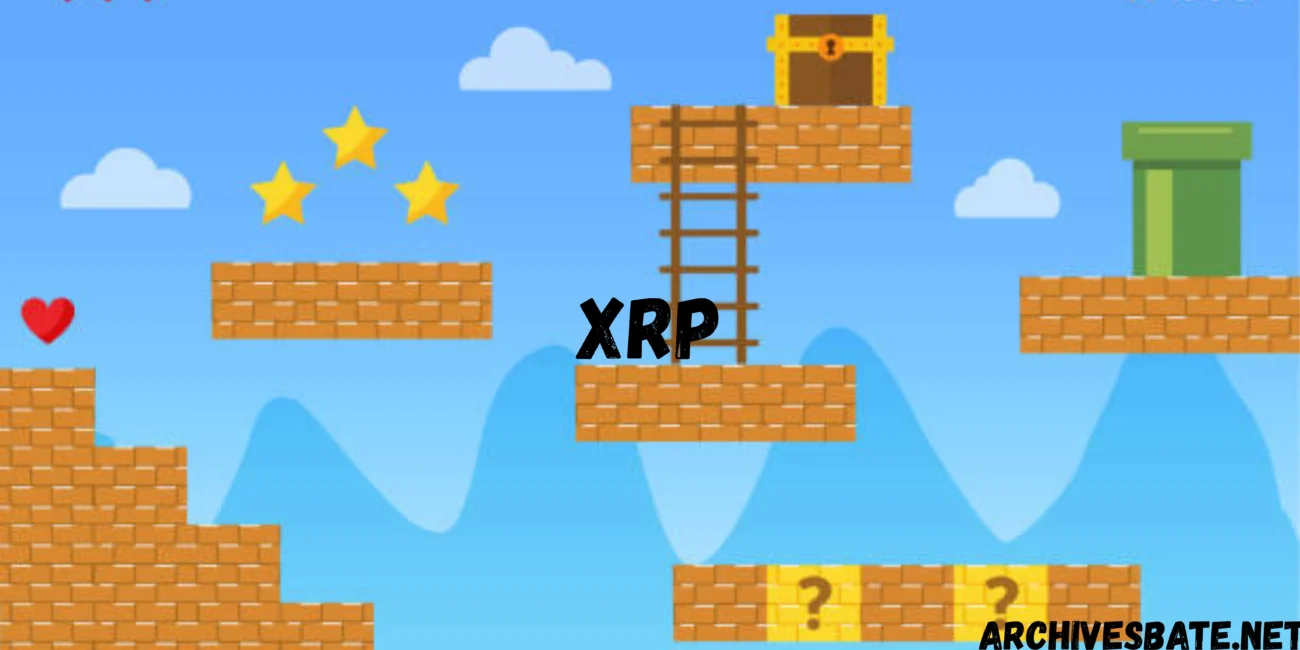When disasters such as the Moss Landing fire occur, gaming communities are utilizing their vast platforms for disaster relief – a great example of gaming culture broadening from a solitary hobby to a genuine source of good. From charity streams to in-game fundraising and everything in-between, gamers throughout the world take their pastime and their platforms to support those impacted by these tragedies, and remind us all that gaming culture is more than just a form of entertainment—it’s a platform for a valued human response.
The Rise of Gaming Charity Culture
Disasters such as the Moss Landing fire highlight gaming’s untapped potential for humanitarian response. Whether it is major streamers organizing charity events that raise millions, gaming communities organizing relief efforts, developers raising funds through special in-game events, or esports tournaments dedicating winnings to the affected community.
This represents a fundamental shift in gaming culture, from the common stereotype of ‘basement dwellers’ to an organized community with the potential for meaningful impact on a global scale.
Charity Streaming: Gaming’s Humanitarian Superpower
Streaming platforms—including Twitch, YouTube Gaming, and others—have transformed into fundraising behemoths for disaster relief. When tragedies like the Moss Landing fire occurred, the most well-known streamers were already organizing marathon charity streams, where they would play longer than usual (still within reason!), include donation incentives, have popular guests to draw larger audiences, employ community challenges to incentivize donations, and features to track fundraising in real-time to create an almost competitive atmosphere for giving.
These initiatives are designed to be entertaining as well as aspirational, convincing the viewer that they are able to not only consume something enjoyable but also support disaster relief as part of one consumption model. This is a sustainable model for fundraising that serves the younger, more diverse demographic finding it increasingly difficult to engage with traditional charities.
| Platform | Fundraising Method | Community Size | Average Impact |
|---|---|---|---|
| Twitch | Charity streams | Millions of viewers | $100K-$1M+ per major event |
| YouTube Gaming | Donation-driven content | Massive reach | Variable, platform-dependent |
| Discord Servers | Organized community drives | Thousands per server | $5K-$50K per coordinated effort |
| In-Game Events | Special items/cosmetics | Game-dependent | $500K-$10M+ for major titles |
| Esports Tournaments | Prize pool donations | Tournament viewers | $50K-$500K per event |
In-Game Fundraising Events
The gaming industry, especially game developers are moving towards time-limited events that support efforts for disaster relief. After the Moss Landing fire, game developers may consider selling special cosmetic items with proceeds going to disaster relief organizations, create limited-time in-game events where every player’s activity created donations, match player donations up to a certain amount or integrate fundraising capabilities directly into a gameplay mechanic.
Several game developers have raised millions of dollars for disaster relief and other causes by using this type of model and keep the players engaged, Fortnite, League of Legends, as well as numerous mobile titles have created time-limited fundraiser-style events that, at minimum, have kept player engagement intact.
Discord Communities: Jeff
Gaming Discord servers become coordination centers for disaster response. Community members provide reliable updates on impacted areas, organize supply drives and logistics, coordinate volunteer efforts for members close to affected areas, provide emotional support to affected gamers, and manage fundraising with transparency and accountability.
These decentralized communities often move quicker than traditional organizations, using digital connectivity to assist in real-time coordination for disasters.
Esports Organizations: Greater Good through Influence
Professional e-sports teams and organizations are also using their platforms to support disaster relief. Teams organize charity exhibition matches in which the proceeds go toward relief funds, players auction their personal gaming equipment for fundraising, organizations pledge to match fan donations, and league-wide initiatives in one state of connect to coordinate industry response.
This illustrates e-sports’ evolution from competition to a socially aware quasiprofession with the leverage for social good.
Gaming Marathons: Endurance for a Cause.
Extra Life, Games Done Quick, and other marathon gaming events have paved the way for the popularity of a charity gaming event. In response to social and disaster events, like the fire in Moss Landing, communities have hosted spontaneous gaming marathons with fundraising effort built around speed-running challenges to viewers, 24-48 hours of streaming with donation backed incentives, or simply together as streamers collaboratively to fundraise, and then even having games like “Weaver” or “G-Interactor” where the audience is involved with donating as aid to game play. The events provide ceremonies that surround the act of giving that are ultimately important and that provide fun and a unique engagement around the act of giving to a non-profit or someone in need.
The Personal Connection: Gamers Helping Gamers
When experiencing a disaster and the impact is personal, and in gaming there are many who have experienced disaster and tragedy and found support from the gaming community, the response continues to be very personal and intimate. Communities come together in a short period of time, rallying in support of the affected streamer or gaming community member, and providing direct assistance beyond raising funds through support. Instead, the affected community can be provided with direct financial support, new gaming equipment, temporary housing or relocation of housing, and then long-term recovery support.
The Moss Landing fire may have displaced gamers from their communities around the globe that have come together to make sure they could continue having the opportunity to pursue their passions and their livelihoods. Ultimately, this illustrated how gaming has turned into a true support network.
Mobile Gaming: Micro-Donations at Scale
The enormous player audiences of mobile games provide the base needed to implement a micro-donation model that combines to create sizable and beneficial fund-raising efforts. Players are able to donate small amounts (in the $1-5 range) quickly and easily through their existing payment system associated with the game, in-app transactions result in some portion of purchase being redirected to disaster relief, advertisement revenue shares are to support relief organizations, or gaming achievements translate to donations by a corporation to the disaster relief fund.
This allows the whole fundraising model to be democratized. People at every level have the opportunity to make contributions, even if the contribution is limited by personal finances, everyone is able to contribute something impactful.
Social Media Integration: Amplifying Impact
Gaming communities are utilizing social media to amplify disaster relief. They use Instagram, Twitter, and TikTok, as streaming content, to promote their messages, create viral challenges for prompt donation requests, organize hashtag campaigns to increase overall presence, and provide text updates to direct followers on donation goals.
This unified method goes well beyond an approach that relies exclusively on core gaming audiences, introducing disaster relief needs to millions of people that wouldn’t normally be engaged.
Building Sustainable Relief Models
Innovative gaming organizations are developing models of sustainable disaster response by: keeping emergency relief funds active from disaster to disaster, identifying and partnering with established, proven relief organizations, creating protocols to get response teams, gaming organizations, and relief organizations mobilized quickly in response to a disaster, and preparing community moderators by training them on disaster communication best practices.
This professionalization of gaming communities would allow community members the opportunity to respond to safeguard and engage their communities in future disasters, in the same manner in which they were able to engage effectively during the Moss Landing fire.
Frequently Asked Questions
Q: How can I get involved in gaming charity events for disasters?
A: Follow popular streamers and gaming organizations on social media and check to see if they are participating in a gaming charity event. Join some Discord communities where people have the same interest in charitable gaming and watch for announcements regarding charity streams and in-game events. You can always donate when you feel comfortable doing so.
Q: Are they legitimate gaming charity streams?
A: For the most part, yes. You just want to make sure to look for a streamer who is partnered with a well-known charity, that the donations go through an official charity site, and that there is transparency regarding where the funds are going. If you have not seen a streamer or the organizer before, you should do some research prior to donating.
Q: How much money do gaming charity events actually raise?
A: Large scale events raise millions of dollars each. Games Done Quick events usually raise over $3M each marathon run. Individual streamer events can raise from the thousands to the hundreds of thousands depending on their audience and level of organization.
Q: Are small streamers able to make an impact?
A: Yes, absolutely. Every little bit helps, and smaller streamers can have highly engaged communities. When multiple small streams do something together, it means that it is impactful.
Q: Do gaming companies donate proceeds from a disaster relief event?
A: A lot of them do, but it all depends on the details. Some gaming companies may donate 100% of the proceeds from a special item; others may donate a portion of the proceeds. There has definitely been improvement with transparency, as gaming companies publish donation receipts or totals.
Q: How do I know that my donation actually goes to the cause?
A: Donating through a well-established charity platform, verifying the organization has a track record of helping people impacted by disasters, looking for transparency reports from gaming organizations, and researching charities on websites like Charity Navigator are all good practices to consider before donating.
Disclaimer
This article highlights the altruism of gaming communities through charity, but does not advocate for any specific organizations, streamers, or fundraising ventures. Always double-check the validity of any solicited charitable donations. Scammers take advantage of disasters; therefore, donate to Moses Cave Safe (and any organization) only through established charities and verified means. Gaming charity events are part of the disaster relief ecosystem but shouldn’t be considered viable substitutes for the legacy disaster relief infrastructure. If you are an individual impacted by the Moss Landing fire or any other disaster, please seek family, local emergency resources, and established relief organizations for immediate assistance. This article discusses gaming culture and charitable actions in general and has no information regarding finances or donations. Always conduct research for any charitable need or cause before donating. This article is simply moving this conversation about gaming communities and generosity, but performing your due diligence as a donor is important. This content is for informational purposes only.

